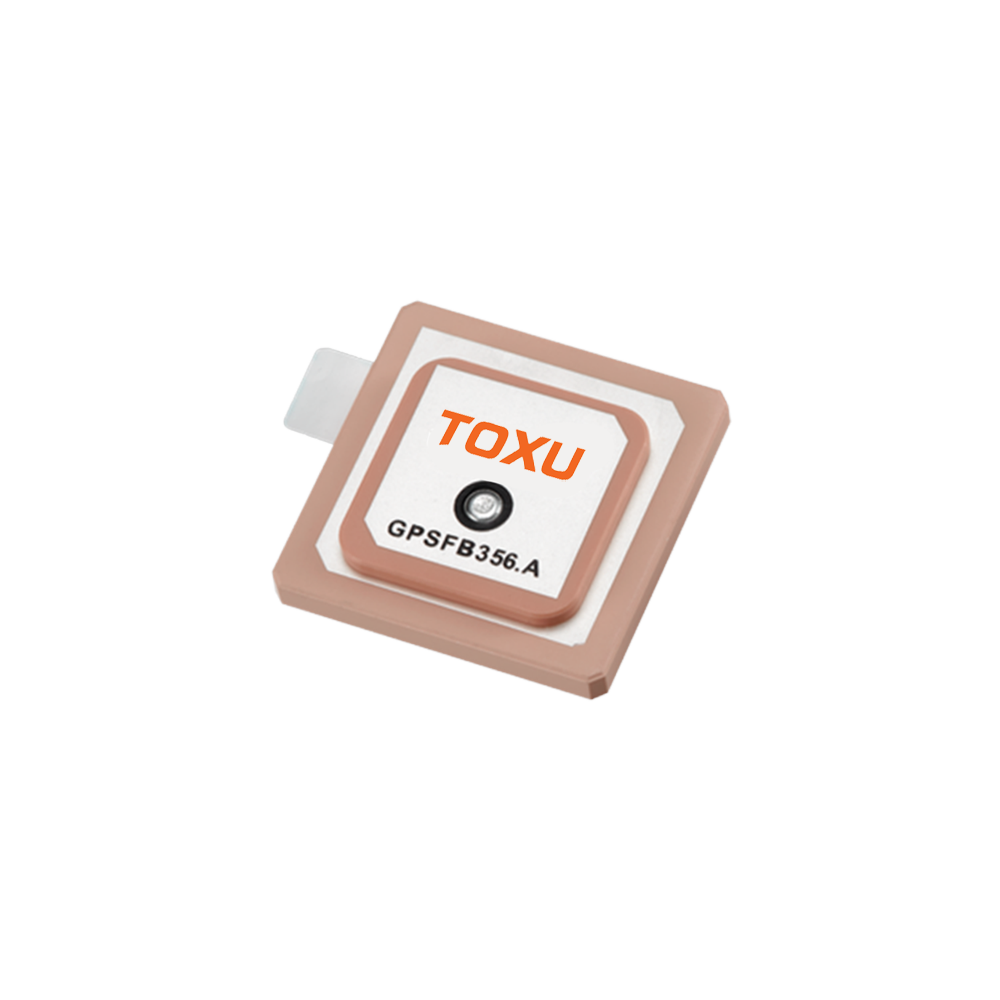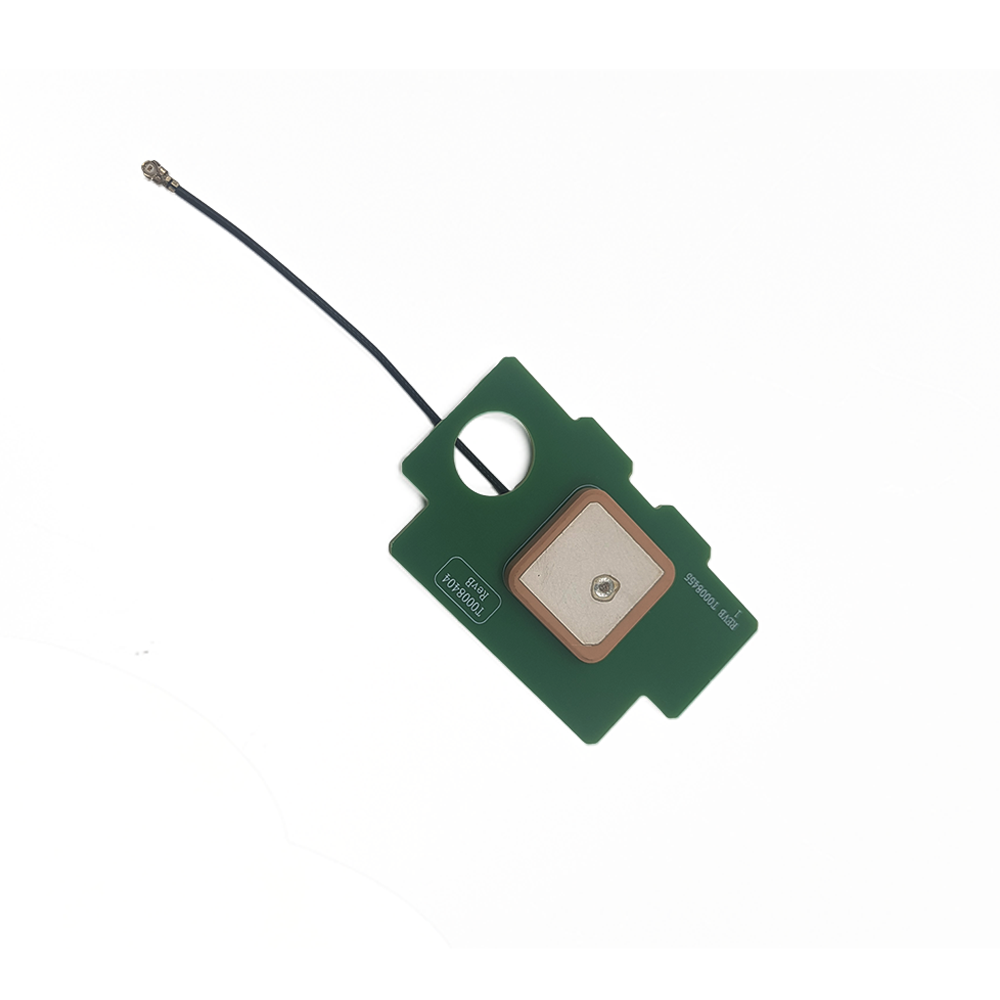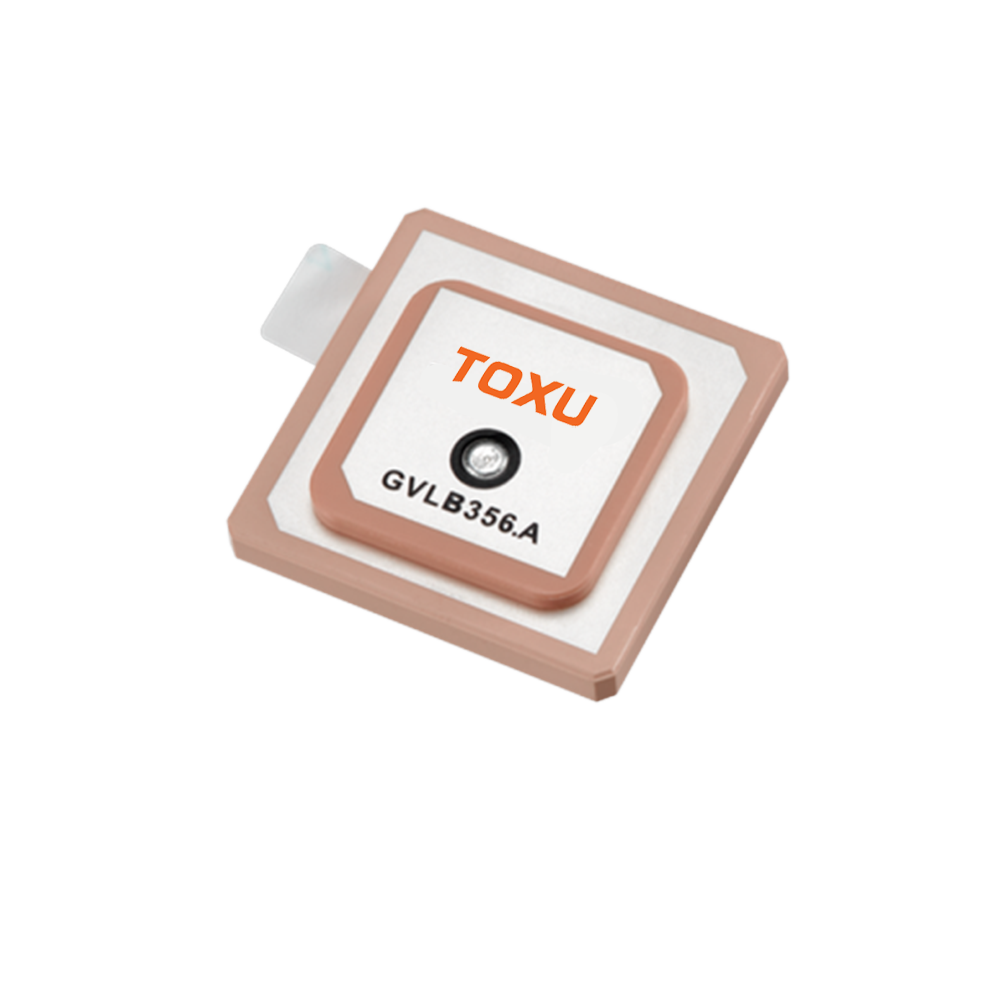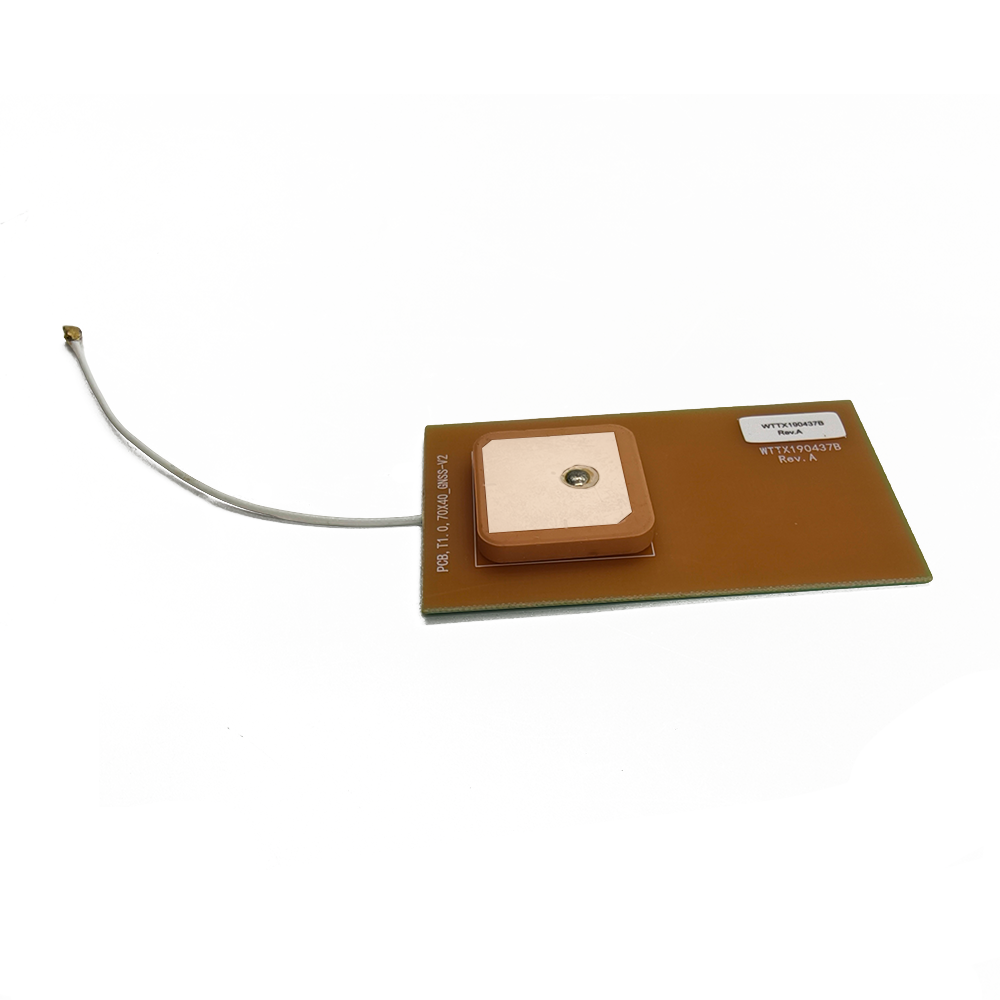High - sensitivity GPS ceramic patch antennas find applications in a wide range of fields, and their future trends are closely related to the evolving needs of these applications.
5.1 Current Applications
5.1.1 Automotive Navigation
In the automotive industry, GPS navigation systems are standard in many vehicles. High - sensitivity GPS ceramic patch antennas are used to provide accurate location information for navigation purposes. They help drivers to find the best routes, avoid traffic jams, and reach their destinations safely. In addition, these antennas are also used in advanced driver - assistance systems (ADAS), such as automatic emergency braking and lane - keeping assist, where precise location data is crucial for the proper functioning of these systems.
5.1.2 Mobile Devices
Smartphones, tablets, and other mobile devices rely on high - sensitivity GPS ceramic patch antennas for various location - based services. These include location - based advertising, ride - sharing applications, and fitness tracking apps. The high - sensitivity of the antennas enables quick and accurate location determination, enhancing the user experience. For example, in a ride - sharing app, the driver and passenger can be precisely located, ensuring efficient pick - up and drop - off.
5.1.3 Aviation and Aerospace
In aviation, GPS is used for navigation, approach, and landing procedures. High - sensitivity GPS ceramic patch antennas are installed in aircraft to receive accurate GPS signals, even at high altitudes and in challenging weather conditions. In the aerospace industry, these antennas are also used in satellites and spacecraft for precise orbit determination and communication. The stability and high - sensitivity of the antennas are essential for the reliable operation of these critical systems.
5.1.4 Internet of Things (IoT)
In the IoT ecosystem, where numerous devices are connected and communicate with each other, location information is often important. High - sensitivity GPS ceramic patch antennas are used in IoT devices such as asset trackers, environmental sensors, and smart city infrastructure. For example, in a smart city, these antennas can be used in waste management bins to track their location and optimize collection routes, or in environmental sensors to accurately record the location of pollution sources.
5.2 Future Trends
5.2.1 Integration with Multiple Navigation Systems
In the future, high - sensitivity GPS ceramic patch antennas are likely to be designed to integrate with multiple satellite navigation systems, such as Galileo, GLONASS, and BeiDou, in addition to GPS. This multi - system integration will provide more accurate and reliable location information, especially in areas with poor signal coverage. By being able to receive signals from multiple constellations of satellites, the antenna can improve the positioning accuracy and reduce the time to first fix (TTFF).
5.2.2 Miniaturization and Higher Performance
The trend towards miniaturization of electronic devices will continue to drive the development of even smaller and more high - performance GPS ceramic patch antennas. Manufacturers will strive to reduce the size of the antennas further while maintaining or improving their sensitivity, stability, and bandwidth. This may involve the use of advanced materials and manufacturing techniques, such as nanotechnology - based ceramics or 3D printing of antenna structures.
5.2.3 Smart Antenna Technologies
Smart antenna technologies, such as beamforming, are likely to be incorporated into high - sensitivity GPS ceramic patch antennas in the future. Beamforming allows the antenna to direct its radiation pattern towards the source of the GPS signal, enhancing the signal - to - noise ratio and reducing the impact of interference. This technology can significantly improve the performance of the antenna in challenging environments, such as urban areas with high levels of multipath interference.
5.2.4 Integration with 5G and Beyond
As 5G and future wireless communication technologies are deployed, there will be a need for seamless integration of GPS and communication functions. High - sensitivity GPS ceramic patch antennas may be designed to work in harmony with 5G and beyond networks, enabling location - based services to be integrated with high - speed wireless communication. For example, in autonomous vehicles, the combination of GPS - based location information and 5G communication can support real - time traffic updates and vehicle - to - everything (V2X) communication.
Conclusion
High - sensitivity GPS ceramic patch antennas have emerged as a critical component in modern GPS - enabled devices and systems. Their unique design, based on ceramic substrates and carefully engineered conductive patches, allows them to offer high sensitivity, compact size, low power consumption, and good stability. These antennas play a vital role in a wide range of applications, from automotive navigation and mobile devices to aviation and the IoT.
However, they also face challenges such as multipath interference, limited bandwidth, and environmental sensitivity. To overcome these challenges, ongoing research and development efforts are focused on improving antenna designs, materials, and manufacturing processes. Future trends indicate that these antennas will continue to evolve, with integration of multiple navigation systems, further miniaturization, adoption of smart antenna technologies, and seamless integration with emerging wireless communication technologies.
As technology continues to advance, high - sensitivity GPS ceramic patch antennas will undoubtedly play an even more significant role in enabling precise location - based services and applications, contributing to the development of a more connected and intelligent world.




































































 Language
Language
 En
En Cn
Cn Korean
Korean

 Home >
Home > 








 18665803017 (Macro)
18665803017 (Macro)













